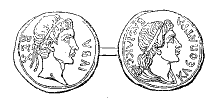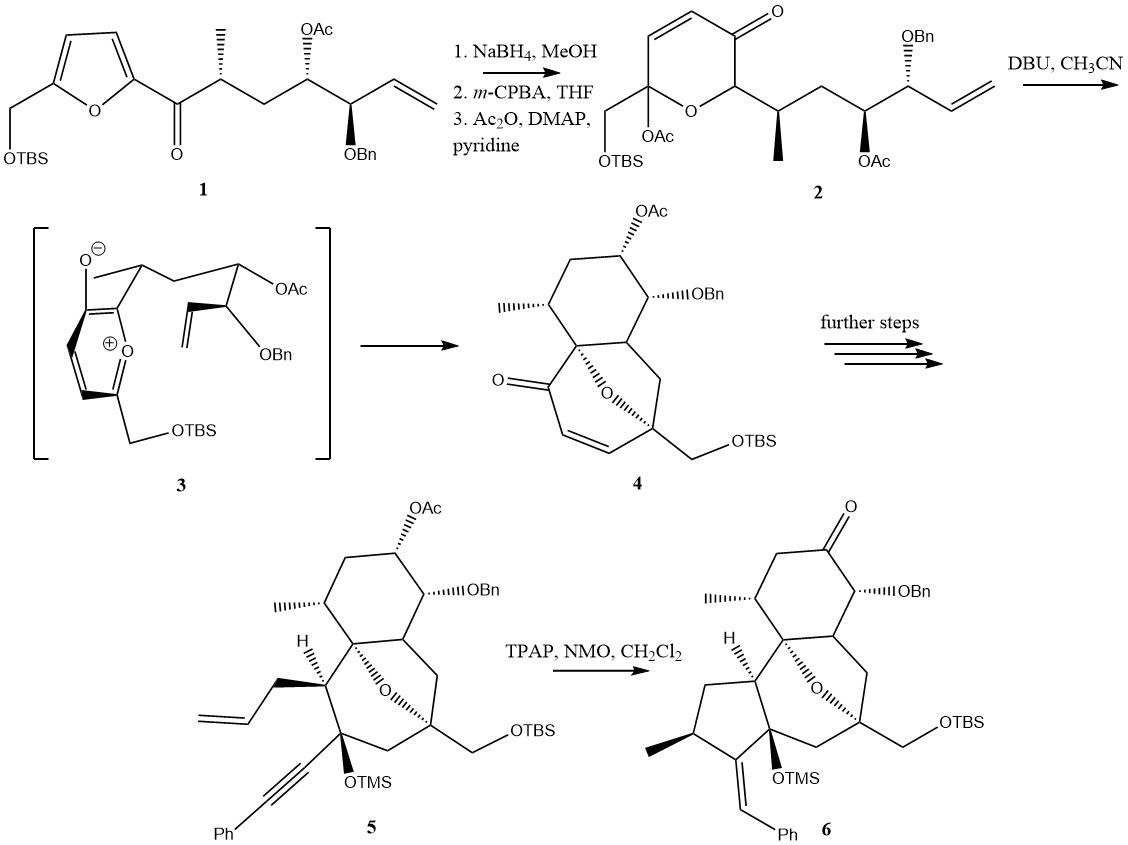|
Euphorbium
:''Euphorbium can also be a synonym of the genus Euphorbia.'' Euphorbium, an acrid dull-yellow or brown resin, consisting of the concreted milky juice of several species of Euphorbia, cactus-like perennial plants indigenous to Morocco. It dissolves in alcohol, ether and turpentine; in water it is only slightly soluble. It consists of two or more resins and a substance euphorbone, C20H36O or C15H24O. Pliny the Elder states that the name of the drug was given to it in honor of Euphorbus, the physician of Juba II, king of Mauretania. In former times euphorbium was valued in medicine for its drastic, purgative and emetic properties. According to Robert Bentley's (botanist) book of Organic Medical Materials from 1887 The latex of ''Euphorbia resinifera'' contains Resiniferatoxin, an ultra potent capsaicin Capsaicin (8-methyl-''N''-vanillyl-6-nonenamide) ( or ) is an active component of chili peppers, which are plants belonging to the genus ''Capsicum''. It is a chemical irrita ... [...More Info...] [...Related Items...] OR: [Wikipedia] [Google] [Baidu] |
Euphorbia
''Euphorbia'' is a very large and diverse genus of flowering plants, commonly called spurge, in the family Euphorbiaceae. "Euphorbia" is sometimes used in ordinary English to collectively refer to all members of Euphorbiaceae (in deference to the type genus), not just to members of the genus. Euphorbias range from tiny annual plants to large and long-lived trees. The genus has roughly 2,000 members, making it one of the largest genera of flowering plants. It also has one of the largest ranges of chromosome counts, along with ''Rumex'' and ''Senecio''. ''Euphorbia antiquorum'' is the type species for the genus ''Euphorbia''. It was first described by Carl Linnaeus in 1753 in ''Species Plantarum''. Some euphorbias are widely available commercially, such as poinsettias at Christmas. Some are commonly cultivated as ornamentals, or collected and highly valued for the aesthetic appearance of their unique floral structures, such as the crown of thorns plant (''Euphorbia milii''). ... [...More Info...] [...Related Items...] OR: [Wikipedia] [Google] [Baidu] |
Pliny The Elder
Gaius Plinius Secundus (AD 23/2479), called Pliny the Elder (), was a Roman author, naturalist and natural philosopher, and naval and army commander of the early Roman Empire, and a friend of the emperor Vespasian. He wrote the encyclopedic ''Naturalis Historia'' (''Natural History''), which became an editorial model for encyclopedias. He spent most of his spare time studying, writing, and investigating natural and geographic phenomena in the field. His nephew, Pliny the Younger, wrote of him in a letter to the historian Tacitus: Among Pliny's greatest works was the twenty-volume work ''Bella Germaniae'' ("The History of the German Wars"), which is no longer extant. ''Bella Germaniae'', which began where Aufidius Bassus' ''Libri Belli Germanici'' ("The War with the Germans") left off, was used as a source by other prominent Roman historians, including Plutarch, Tacitus and Suetonius. Tacitus—who many scholars agree had never travelled in Germania—used ''Bella Germani ... [...More Info...] [...Related Items...] OR: [Wikipedia] [Google] [Baidu] |
Juba II
Juba II or Juba of Mauretania (Latin: ''Gaius Iulius Iuba''; grc, Ἰóβας, Ἰóβα or ;Roller, Duane W. (2003) ''The World of Juba II and Kleopatra Selene'' "Routledge (UK)". pp. 1–3. . c. 48 BC – AD 23) was the son of Juba I and client king of Numidia (30–25 BC) and Mauretania (25 BC – AD 23). Aside from his very successful reign, he was a highly respected scholar and author. His first wife was Cleopatra Selene II, daughter of Queen Cleopatra VII of Ptolemaic Egypt and Roman Triumvir Mark Antony. Life Early life and education Juba II was a Berber prince from Numidia. He was the only child and heir of King Juba I of Numidia; his mother's identity is unknown. In 46 BC, his father was defeated by Julius Caesar (in Thapsus, North Africa), and in 40 BC Numidia became a Roman province. His father had been an ally of the Roman General Pompey. Several modern scholars cite his age at Caesar's triumph in 46 BC as four or six giving rise to the typically cited birth year ran ... [...More Info...] [...Related Items...] OR: [Wikipedia] [Google] [Baidu] |
Euphorbia Resinifera
''Euphorbia resinifera'', the resin spurge, is a species of spurge native to Morocco, where it occurs on the slopes of the Atlas Mountains. The dried latex of the plant was used in ancient medicine. It contains resiniferatoxin, an extremely potent capsaicin analog tested as an analgesic since 1997. Growth It is a shrub growing to tall, forming multi-stemmed cushion-shaped clumps up to wide. The stems are erect, succulent, superficially like a cactus, four-angled, with short but sharp pairs of spines on the angles, spaced about apart up the stem. Geographical distribution ''Euphorbia resinifera'' is a species of spurge native to Morocco, where it occurs on the slopes of the Atlas Mountains. It is similar to its relative '' Euphorbia echinus'', which occurs on the Moroccan coast and the Canary Islands. Due to its origin it is also called the African spurge. Chemical constituents ''Euphorbia resinifera'' contains a milky fluid or latex, which in its dried form is called E ... [...More Info...] [...Related Items...] OR: [Wikipedia] [Google] [Baidu] |
Resiniferatoxin
Resiniferatoxin (RTX) is a naturally occurring chemical found in resin spurge (''Euphorbia resinifera''), a cactus-like plant commonly found in Morocco, and in ''Euphorbia poissonii'' found in northern Nigeria.''Euphorbia poissonii'' in BoDD – Botanical Dermatology Database It is a potent functional analog of , the active ingredient in . Biological activity R ...[...More Info...] [...Related Items...] OR: [Wikipedia] [Google] [Baidu] |
Capsaicin
Capsaicin (8-methyl-''N''-vanillyl-6-nonenamide) ( or ) is an active component of chili peppers, which are plants belonging to the genus ''Capsicum''. It is a chemical irritant for mammals, including humans, and produces a sensation of burning in any tissue with which it comes into contact. Capsaicin and several related alkaloids are called capsaicinoids and are produced as secondary metabolites by chili peppers, probably as deterrents against certain mammals and fungi.What Made Chili Peppers So Spicy? Talk of the Nation, 15 August 2008. Pure capsaicin is a , colorless, highly |



